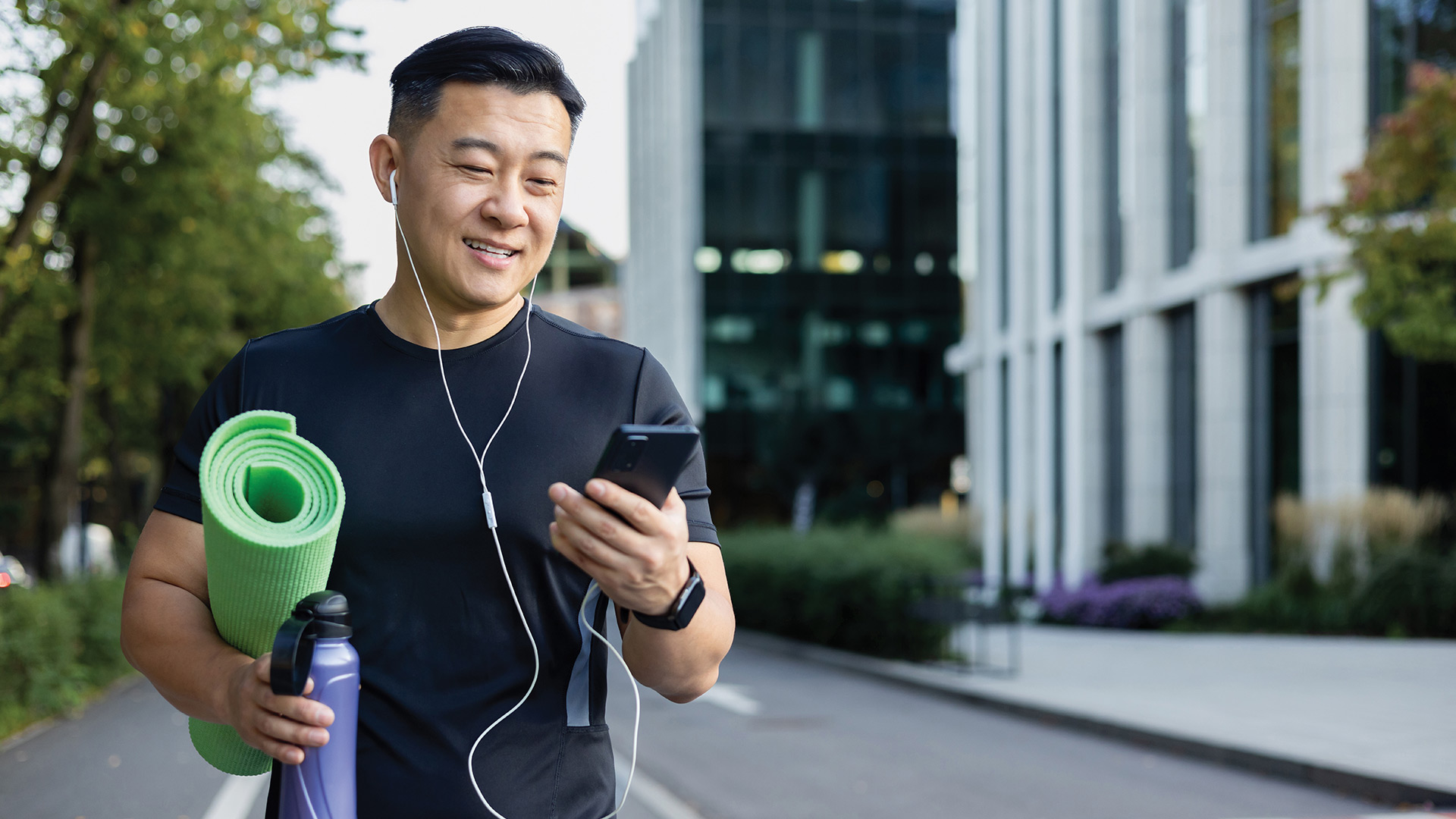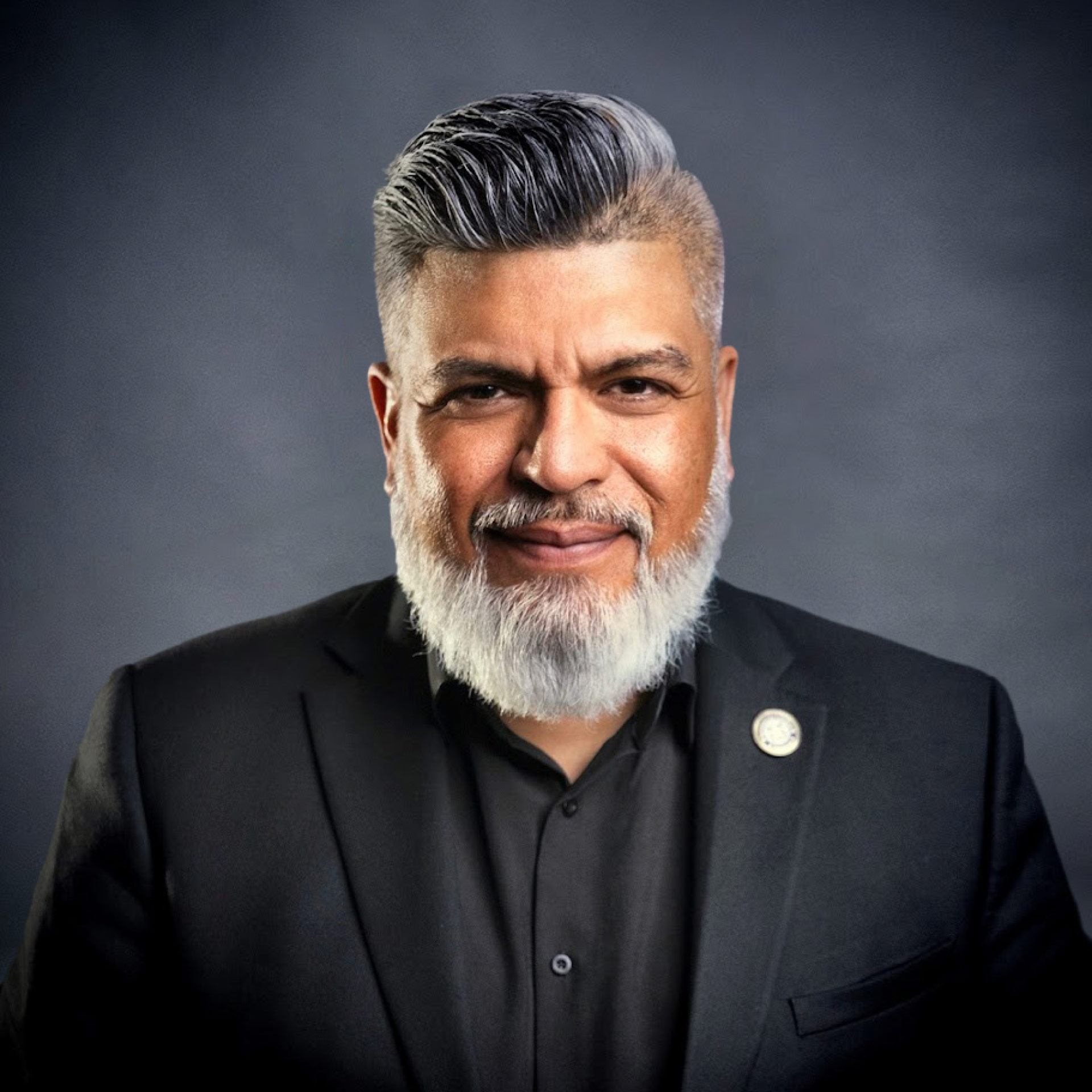
In recent years, peer-to-peer support has gained significant traction as a crucial element of police officer wellness programs — rightfully so, as these support systems provide essential emotional and psychological aid through human connections. However, it’s important to recognize that there have also been significant technological advancements applied to areas traditionally addressed through holistic practices, direct human interaction and other supportive methods. Today, various apps and gadgets are available to help officers reset, refresh, refocus and reenergize, enhancing their wellness across multiple dimensions.
Fitness trackers and smartwatches
Devices like the Fitbit, Apple Watch and Garmin have become integral in promoting physical fitness. These gadgets monitor heart rate, sleep patterns and physical activity and provide reminders to move, which can be particularly beneficial for officers working long or irregular hours.
- Evidence-based benefits: Studies have shown that consistent use of fitness trackers can lead to significant improvements in physical activity and health outcomes (National Center for Education Statistics [NCES], nces.ed.gov/pubsearch/pubsinfo.asp?pubid=2023144rev).
- Cost: While some devices can be pricey, basic models are available at lower costs and many health insurance plans offer discounts.
Meditation and mindfulness apps
Apps like Headspace, Calm and Mindfulness Coach provide guided meditation sessions that can help officers manage stress and anxiety.
- Evidence-based benefits: Research indicates that mindfulness and meditation can reduce symptoms of stress, anxiety and depression (NCES).
- Cost: These apps often offer free versions with limited features, while premium versions come at a low monthly cost.
Peer support apps
Apps like 10-41 and Peer Connect offer confidential peer support networks where officers can share experiences and seek advice.
- Cost: Many peer support apps are free or low-cost, emphasizing accessibility.
Telehealth services
Platforms like BetterHelp and Talkspace provide virtual mental health counseling, making it easier for officers to seek help without the stigma they might feel is associated with visiting a therapist’s office.
- Evidence-based benefits: Telehealth has been shown to be as effective as face-to-face therapy for many conditions (NCES).
- Cost: These services are generally more affordable than traditional therapy, and some insurance plans may cover them.
Fitness and nutrition apps
Apps like MyFitnessPal and Noom offer customized workout plans and nutrition tracking, helping officers maintain physical health.
- Evidence-based benefits: Personalized fitness programs can improve adherence to exercise routines and dietary changes (NCES).
- Cost: Free versions are available with premium features at a low cost.
Sleep-monitoring tools
Apps like Sleep Cycle and devices such as the Oura Ring monitor sleep patterns and provide insights to improve sleep hygiene.
- Evidence-based benefits: Good sleep hygiene is crucial for cognitive function, emotional regulation and overall health (NCES).
- Cost: These tools range from free apps to moderately priced devices.
Stress and resilience-building apps
Apps like Happify and Pacifica offer exercises and activities to build resilience and manage stress.
- Evidence-based benefits: Techniques provided by these apps, such as cognitive-
behavioral therapy (CBT) exercises, are backed by extensive research (NCES). - Cost: Both free and premium versions are available.
The importance of consistency in application
Now, let’s talk about the “routine” — a word that can make many officers cringe. Yes, we get it. Cops have a natural tendency to resist anything that sounds like routine, because your lives are anything but predictable. But here’s the twist: in some areas, embracing a routine can offer significant benefits. Think of it as a “tactical routine” — sounds better, right?
While the availability of these technological tools is promising, it is crucial to emphasize the importance of consistent use to realize their full benefits. Police officers often face hectic and unpredictable schedules, making it challenging to maintain regular wellness routines. However, consistency is key, as the benefits of these tools are cumulative and supported by scientific evidence, not immediate gratification.
- Commitment to routine: Encouraging officers to integrate these wellness practices into their daily routines, even in small increments, can lead to substantial long-term benefits.
- Scheduled use: Suggest setting specific times for activities like meditation, exercise or sleep tracking, making them as non-negotiable as duty shifts.
Bridging generational gaps
Technology adoption can vary across different age groups within the police force. Younger officers might readily embrace these advancements, while older officers might be more skeptical. It is essential to foster an environment of sharing and mentorship to bridge this gap.
- Mentorship programs: Encourage tech-savvy officers to mentor their peers, sharing their experiences and demonstrating the practical benefits of these tools.
- Testimonies and trust: Firsthand testimonies from respected colleagues can significantly influence the adoption of new technologies among older officers. This peer-driven approach can build trust and openness toward these evolving trends.
More applications and gadgets
While this article highlights some key technological tools, there are many more applications and gadgets available that are both creative and effective. However, the focus here is on those with substantial scientific backing and those I have personal experience with, or that have been endorsed by some of the hundreds of officers I train each year. As a law enforcement trainer specializing in bridging the gap between officer wellness and officer safety, I have seen firsthand the transformative impact these tools can have.
Conclusion
As technology continues to evolve, its applications in promoting police officer wellness are becoming increasingly sophisticated and accessible. From wearable fitness trackers to mental health apps and telehealth services, these tools offer practical and effective ways for officers to manage stress, improve physical health and maintain mental well-being. Embracing these technological advancements can lead to healthier, more resilient law enforcement professionals, better equipped to handle the challenges of their demanding roles. Consistent application and bridging generational gaps in technology adoption are key to maximizing these benefits, fostering a supportive and holistic wellness environment for all officers.
As seen in the November 2024 issue of American Police Beat magazine.
Don’t miss out on another issue today! Click below:






